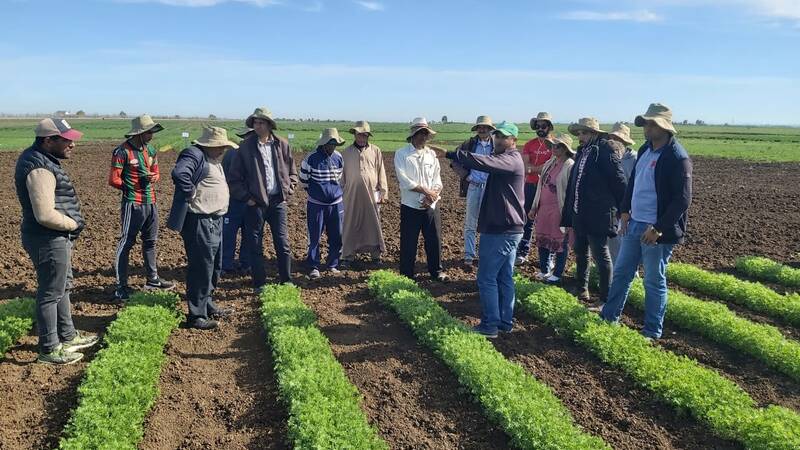
A factsheet detailing ICARDA’s success at relay-cropping lentil and quinoa crops in Morocco has been added to the World Overview of Conservation Approach and Technologies (WOCAT), which database compiles over 1500 sustainable land management practices.
For this experiment, conducted at ICARDA’s Marchouch research station near Rabat, leading agronomist and Conservation Agriculture expert Dr. Mina Devkota intercropped quinoa with lentils in relay.
“Relay cropping consists in sowing the second crop [quinoa] before the main crop [lentil] is harvested, on a given piece of land that is either cultivated or fallow,” she explains.
Lentil is a major food-legume crop in Morocco that features prominently in local and North African cuisines. Moroccan farmers cultivate lentils by sowing two rows of the legume close to each other and leaving a wider strip of land fallow on each side.
“When I moved to Morocco in 2018 and saw how lentils were traditionally grown, I decided to experiment filling these gaps with climate-smart crops, Dr. Devkota explains.
She experimented with intercropping and relay cropping lentils with dryland spring crops, such as chickpea, sesame, onion, and quinoa. Quinoa does not need supplementary irrigation when relay-cropped with lentils, except in years of extreme drought.
Under a ‘normal’ rainfall regime (> 350 mm), the same land will produce two crops instead of one.
This story is originally published on ICARDA Media
